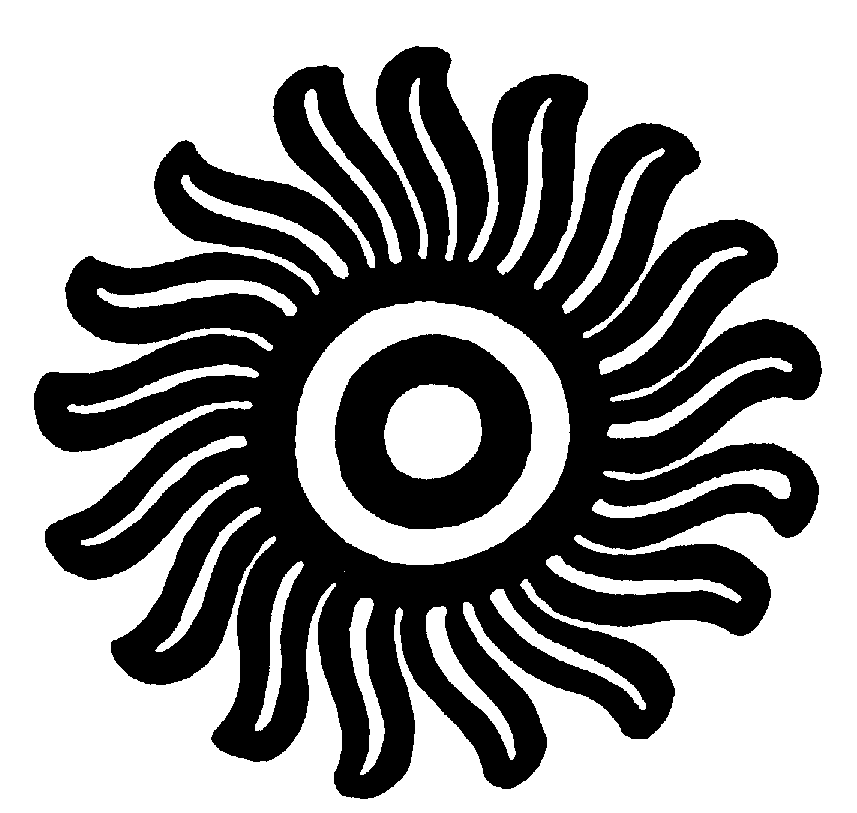![]()
| Frida y Diego, Diego y Frida |
 |
As a poet, historical novelist, and instructor of creative writing, examining the work of visual artists through the lens of poetry has long been a passion of mine. What one can learn from art by delving in biography and the imagined lives of artists and then scrutinizing them through the unconscious-telephone-to-the-soul that is poetry, surprises both reader and writer as well as refreshes the approaches to scholarly research. And who better to examine than the lives and work of Mexican artist Frida Kahlo (1907-1954) and her husband, muralist Diego Rivera (1886-1957), two multi-cultural painters, one whose work received international recognition and praise during his lifetime, and the other who came into her own in the later half of this century after her death.
When giving assignments on the subject of art to the Advanced Poetry Workshop of the University of Washington Extension, both Rivera’s and Kahlo’s paintings are long-standing favorites. Like a good poem, Frida’s portraits—grounded in reality yet steeped in magic and the surreal—can be interpreted on many levels. After even the best essentials of her life story are revealed, Kahlo’s paintings beg the viewer to project his/her own pain onto them: as a young child Frida survived polio, at age eighteen she sustained a broken pelvis and spinal column in a trolley accident. During the year she spent in bed recovering from her wounds she began to paint. At age twenty-one she married a man more than twenty years her senior, the already internally recognized Diego. Her inability to bear children and depression spawned by Rivera’s frequent dalliances, compounded by the chronic pain caused by her injuries, colored Kahlo’s existence.
Diego’s life and work also never ceases to invite poetic interpretation—of his early years in Paris, his political affiliation with communists, his launching of a government program to bring art to public buildings in Mexico. Rivera’s frescos, heavily influenced by native folklore and the primitive, cry out to the poet for the use of pre-Columbian rhythm and repetition.
One doesn’t reach far to create a fantasy day-in-the-life of the Kahlo-Rivera household: Diego reading aloud a letter from his teacher, Picasso, reminiscing about Cézanne. Diego, prophet to the proletariat, awaiting the arrival of his friend, Leon Trotsky, as he sketches ideas for a mural soon to adorn Rockefeller Center, part of which will eventually be obliterated because it depicts Lenin. Frida at her easel surrounded by her little dog, her parrots, her monkey Fulang-Chang. Or Frida being photographed by Imogene Cunningham. The often mythologized Frida and Diego never cease to tempt the imagination.
The assistant editors of Switched-on Gutenberg and I greedily
devoured each submission to his edition. With great astonishment
we realized that no matter what gender the author, the subject was invariably
Frida, Frida, Fridalita (as she’s called by one of our poetry workshop
compadres, Liz Walsh-Boyd, to whom we are indebted for the title
of this issue) at a ratio of about twenty-to-one. In hopes of a more
balanced publication, we extended our deadline. We sent out feelers.
We pleaded. A few more "Diego" poems trickled in. Should we
apologize for somehow failing to reach Rivera’s audience? Has Frida
Kahlo eclipsed her mentor, teacher, husband; or do other factors account
for this discrepancy? Perhaps in the 1990’s Frida’s life and art
cries more stringently to the poet’s sensibilities than Diego’s.
We’re baffled. All the same, it is with enormous enthusiasm that
Roberta Feins, Linda Malnack, Donna Waidtlow, the Advanced Poetry Writing
Workshop of the University of Washington Extension, and I bring to cyberspace
a poetic inquiry into the lives, art, and friendships of these two many-faceted
artists.
Jana Harris, Editor
| Switched-on Gutenberg
Thematic Contents / Vol. 3, No. 2 Back to Title Page |
|